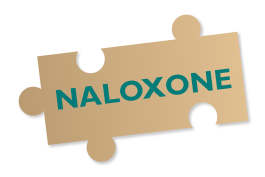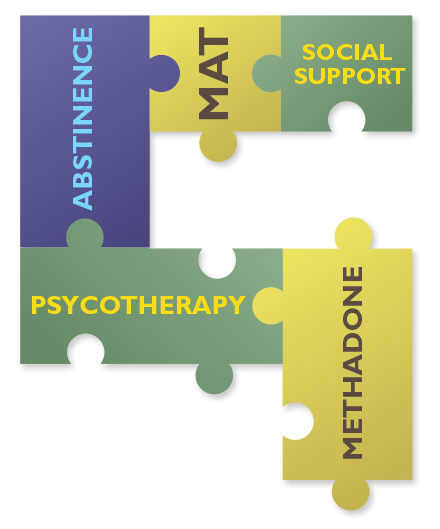Drug overdose deaths nearly tripled in the United States between 1999 and 2014. The majority involved opioids.1 The need to prevent overdose-related deaths is an absolute priority. Comprehensive strategies to address the opioid epidemic are moot if the patients are not alive. But are we leaning on naloxone too much? What does the evidence say?
Explore This Issue
ACEP Now: Vol 39 – No 02 – February 2020Naloxone—a mu opioid receptor competitive antagonist—has the ability to reverse the clinical effects of an opioid overdose. Naloxone is easily administered and nonaddictive and poses no health risks to an opioid-naive patient. Over the last decade, naloxone availability has widened nationwide in a variety of environments.
Two areas of substantial interest are expanding bystander access and extra-clinical access. Layperson (or off-duty provider) availability may be possible through institutional programs that dispense naloxone. Access outside of health care settings is possible via prescriptions for naloxone or, in some jurisdictions, via a centralized standing order. This means that anyone can obtain naloxone from a pharmacy and deliver it to a patient any time it is deemed necessary.

ILLUSTRATION: Chris Whissen & shutterstock.com
The necessity of this approach extends globally. In 2014, the World Health Organization conducted a systematic review that concluded “people likely to witness an opioid overdose should have access to naloxone and be instructed in its administration to enable them to use it for the emergency management of suspected opioid overdose.”2 Since then, a broad range of literature has emerged evaluating naloxone distribution and education programs, supporting the general conclusion that, due to naloxone’s lifesaving potential and favorable safety profile, bystander access and use should be implemented while data from more rigorous and longer-term evaluations are gathered.
What the Data Say

ILLUSTRATION: Chris Whissen & shutterstock.com
Thus far, the data from available studies largely focus on outcomes that are merely surrogates for success. When scrutinized, they do not always correlate with the outcome of interest: saving a life without onloading undue risk (eg, favorable risk-benefit ratio). The lack of outcome data and number of simultaneous variables followed complicate the determination of naloxone’s impact on public health. Although some studies suggest naloxone availability is associated with lower deaths from opioid overdose, the data are limited to retrospective studies and highly confounded.3 Randomized, controlled trials would provide more information but would be very difficult, if not unethical, to do. Overall, the studies and recommendations have appropriately encouraged policymakers and funders to increase the availability of bystander naloxone.To be clear, naloxone dispensing and prescribing should unquestionably be expanded until better data suggest otherwise.
Here’s where things get complicated. Yes, saving an individual from a fatal overdose is not only a worthwhile goal but an essential responsibility of our health care system. What muddies this pursuit is only four out of 100 opioid overdoses are fatal.4
This number may overestimate naloxone’s importance because of the tremendous difficulty determining whether an opioid overdose would have been fatal without it. Many patients demonstrating an opioid-like toxidrome appear moribund, but in reality, the vast majority will soon awaken. While a physician utilizes extensive training and physiological monitoring to determine the risk of impending death, laypersons with naloxone have to make the same decisions often without ample clinical experience to guide them. When naloxone is given to people who would not likely die (and therefore derive no benefit), well-meaning bystanders onload the risk of precipitated withdrawal. The risk of this is not inconsequential. Precipitated withdrawal increases catecholamine concentrations and can cause pulmonary edema, myocardial infarction, and intracranial hemorrhage. Furthermore, the associated vomiting may lead to aspiration if the patient does not awaken, often due to the presence of a cointoxicant. Additionally, the dangers around precipitated withdrawal may actually be increasing over time. How? Opioid withdrawal occurs proportionate to the degree of dependence and the dose and rate of naloxone administration. Modern opioid use disorder patients may be more physiologically at risk than patients in the past were. This may stem from changes in methadone use, higher purity of heroin, and the availability of potent fentanyl analogs.5
Pages: 1 2 3 4 | Single Page





No Responses to “Naloxone Is Just One Piece of the Opioid Puzzle”